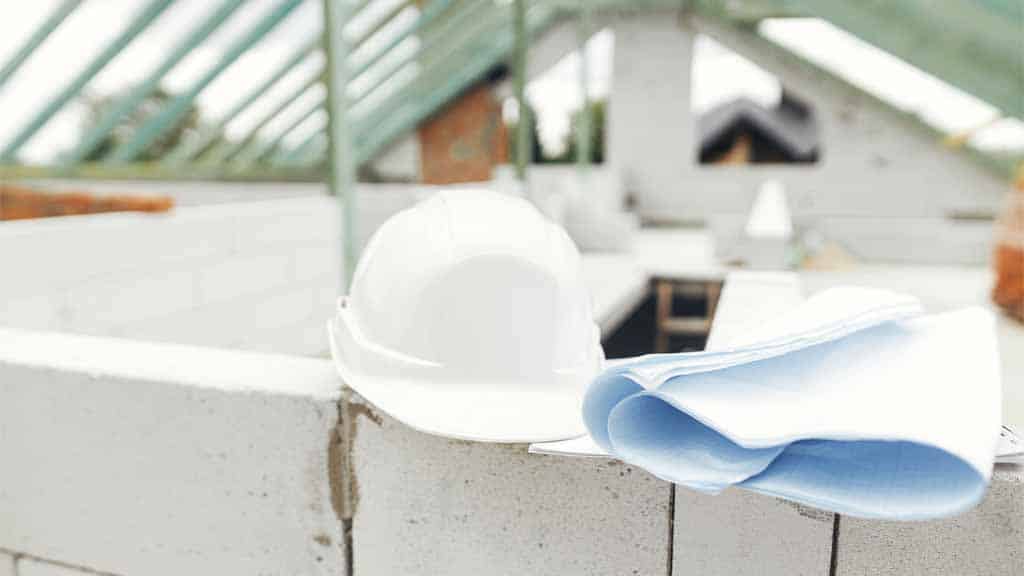
Do you know how to inspect your roof and avoid costly damages and repairs down the line? If not, don’t worry – consider this your crash course. Here are six tips on how to inspect your roof properly:
1. Check for missing, cracked, or curling shingles.
2. Inspect the flashing around vents, chimneys, and skylights.
3. Look for signs of water damage, such as stains on the ceiling or peeling paint.
4. Check the gutters and downspouts to ensure they’re not clogged with debris.
5. Examine the straps that hold the roof down to ensure they’re tight and secure.
6. Call a professional roofer if you have any concerns or questions about the condition of your roof.
Following these tips will help you keep your roof in tip-top shape and avoid any costly repairs down the line. If you are not aware of the disadvantages of not having your roofs inspected by professionals, here are some possible consequences:
- Leaks that could damage the structure of your home
- Mold and mildew growth
- Pest infestation
- Reduced energy efficiency
- Increased risk of fire or explosion
Is Your Roof Leaking?
So, don’t delay – if you’re unsure how to inspect your roof properly, call a professional roofer today. They will be able to give you a complete inspection and provide you with peace of mind that your roof is in good condition.
How To Inspect Your Roof And Avoid Costly Repair?
Inspecting your roofs before winter for minor problems like small leaks or shingles falling apart is crucial. It can help you to have dry winters and also help you to avoid the cost of significant repairs. Things that must be included in roof inspection are:
Quick Inspection
Both outdoor and indoor roof inspection is essential. On outdoor inspection, focus on slipped and cracked tiles and cracks and split around edges of flat roofs. The indoor inspection focuses on damp marks, peeling paint, bubbles, and brown, yellow, and gray stains on walls and ceilings. Moreover, inspect the attic to find any ventilation problems, leaks, or wood damage.
When you check the outdoor appearance of your roof, you should also look for any moss or algae growth. These growths can be a reason for serious damage to your roof in the long term if they are not removed on time.
Most homeowners don’t think about their roofs until there is a problem. Learning how to inspect your roof for potential issues can help you avoid costly repairs down the road.
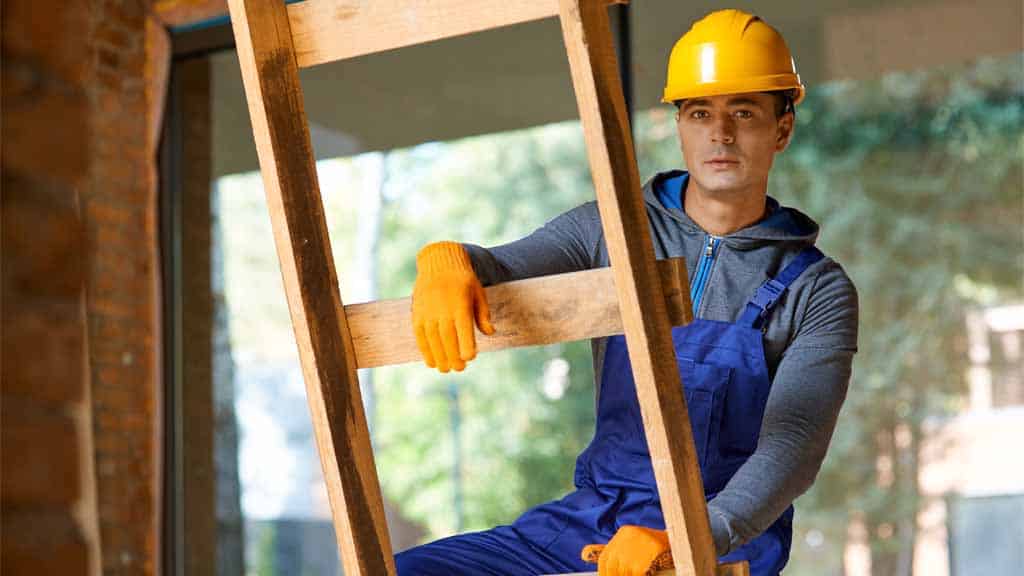
By quickly inspecting your roof’s exterior and interior, you can identify any potential problems early on and take steps to fix them before they become bigger issues.
- Outdoor Roof Inspection
When inspecting the exterior of your roof, focus on any slipped or cracked tiles, as well as any cracks or splits around the edges of flat roofs. Also, look for any moss or algae growth, as this can be a sign of serious damage if left unchecked. If you have a shingled roof, check for any missing or damaged shingles.
- Indoor Roof Inspection
In addition to checking the exterior of your roof’s exterior, inspecting the interior for any potential problems is essential. Look for any damp marks, peeling paint, or bubbles on walls and ceilings, as these can be signs of a leak. Also, check the attic for ventilation issues, leaks, or wood damage.
If you notice any problems during your inspection, it’s essential to take action immediately to prevent further damage. For example, if you have a small leak, you may be able to fix it yourself with some sealant.
However, if you notice more serious damage, such as missing shingles or a large leak, you’ll need to call a professional roofer to make the necessary repairs.
By learning how to inspect your roof regularly, you can avoid costly repairs down the road and keep your home in top condition.
Pay Attention to Flashing
Flashing is a thin material that usually surrounds certain roof features like chimneys to protect joints from water. Sometimes it can cause major problems because weather changes can expand and contract material.
Consequently, flashings can result in leaks. However, an expert roofing company can solve your problem.
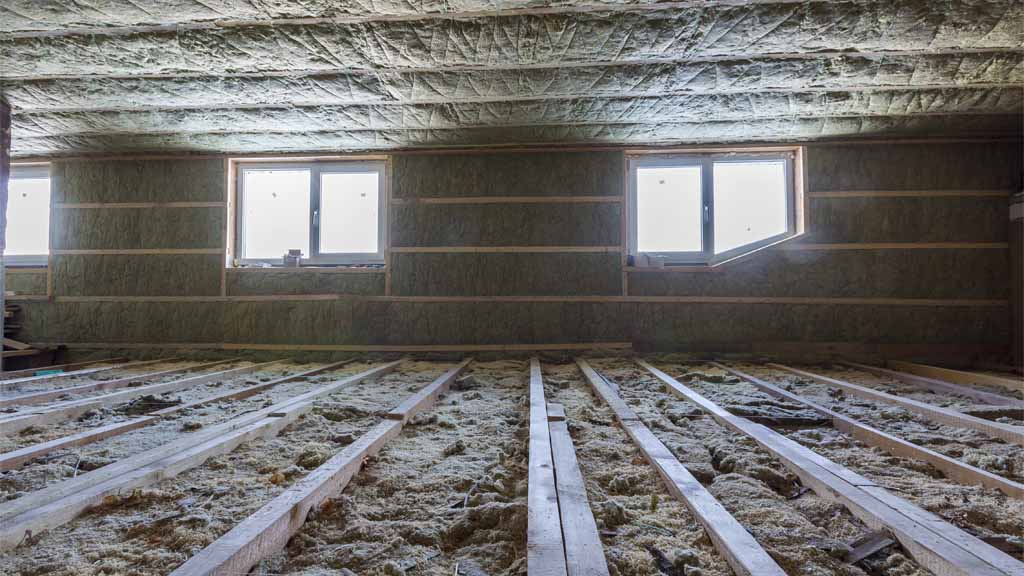
Some of the main causes of damaged flashings are:
- Worn-out sealant material
- Poor installation of flashing
- Wrong choice of material for the project
- Using already rusted material for the project.
Therefore, choose a good-quality flashing and get it installed by a professional. Also, don’t forget to check the sealant every few years and replace it if necessary.
By learning how to inspect your roof and its flashings, you can avoid costly repairs in the future.
Look for Shingles
During the inspection, the roofing contractor will look for damaged, missing, or improperly installed shingles. Shingles may appear sunken due to damage.
Is Your Roof Leaking?
Remember to only inspect with your eyes and not to mess with any problem. Look for cracks in the roof.
Roof shingle issues are usually caused by the following:
- Improper installation
- Old age
- Poor quality material
- Exposure to severe weather conditions.
You should be extra careful while inspecting the roof if it’s very old because shingles can break easily. If you live in an area with extreme weather conditions, check the roof more often for any damage.
Replacing shingles is not tricky, but you must be careful while doing it yourself. It’s always better to hire a professional roofing contractor for the job.
Learning how to inspect your roof and its shingles are as crucial as maintaining the hygiene of your house. A small problem can become significant if not dealt with on time.
Clear Gutters
Snow can freeze on the roof’s edge, known as the ‘Ice Dam,’ thus preventing melting snow from draining. Therefore, water can go back into the roof and leak into the home.
So, guttering can ensure that water is diverted away from the house safely. Thus, never miss inspecting gutters before winter.
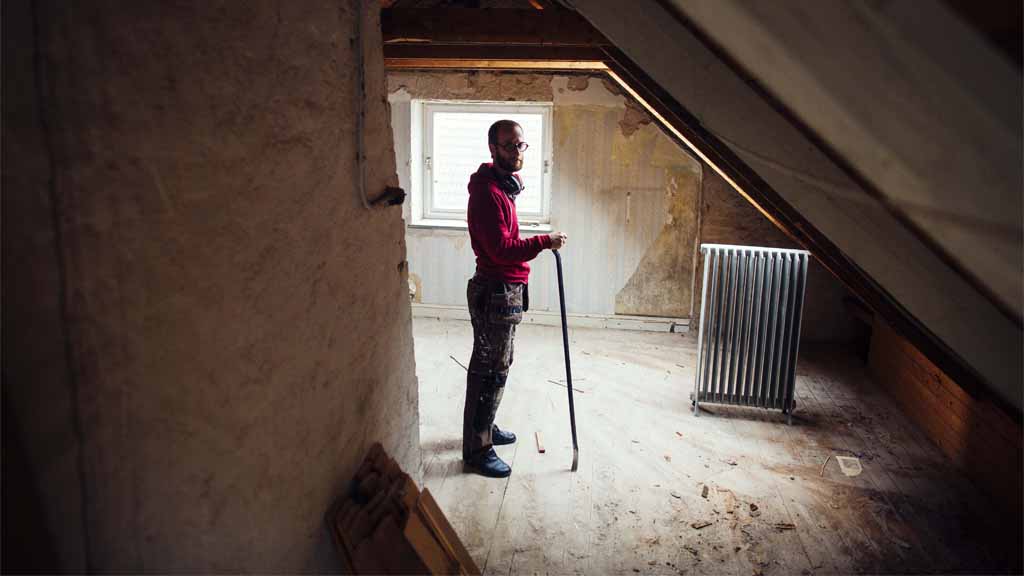
Gutters are made to protect your house from water damage, but they can only do their job properly if cleaned out regularly. That’s why it’s essential to learn how to inspect your roof and gutters and clean them out regularly.
If you don’t have time to do it yourself, you can hire a professional roofing company to do it for you. They have the experience and the equipment to do the job quickly and efficiently.
Gutter issues are caused by the following:
- Clogged gutters
- Leaking gutters
- Missing gutters
- Improper installation of gutters.
You can avoid these problems by regularly cleaning your gutters and ensuring they’re in good condition. You should also learn how to inspect your roof and gutters after severe weather to ensure there’s no damage.
By learning how to inspect your roof and its gutters, you can prevent water damage to your home and save yourself a lot of money in the long run.
Keep Trees Away
Moss and algae grow on the roof when the tree is too close to home, causing it to rot and deteriorate due to moisture. Besides, branching can also puncture roof material, and leaves can block guttering which can rot.
Is Your Roof Leaking?
Any blockage in the guttering can result in water leakage in the roof and, ultimately, into your house. That’s why keeping trees trimmed and away from your home is crucial.
If you live in an area where severe weather is common, you should also learn how to inspect your roof and gutters after any severe weather to make sure there’s no damage. By learning how to inspect your roof and its gutters, you can prevent water damage to your home and save yourself a lot of money in the long run.
Keep Ventilation Clear
Remember, the key to a prolonged roof life is proper ventilation. Lack of proper ventilation can cause heat and moisture to build up in the attic area. Consequently, resulting in rafters rotting and shingles buckling. Proper ventilation is especially needed during winter and helps the residential roofing last longer.
Some of the benefits of a well-ventilated roof are:
- It helps to keep the temperature and moisture levels in the attic under control
- It helps to prevent ice dams from forming on the roof
- It helps to prolong the life of the roof.
There are a few things you can do to ensure your roof is adequately ventilated:
- Install ridge vents or soffit vents
- Make sure there are no blockages in the vents
- Make sure the attic is properly insulated.
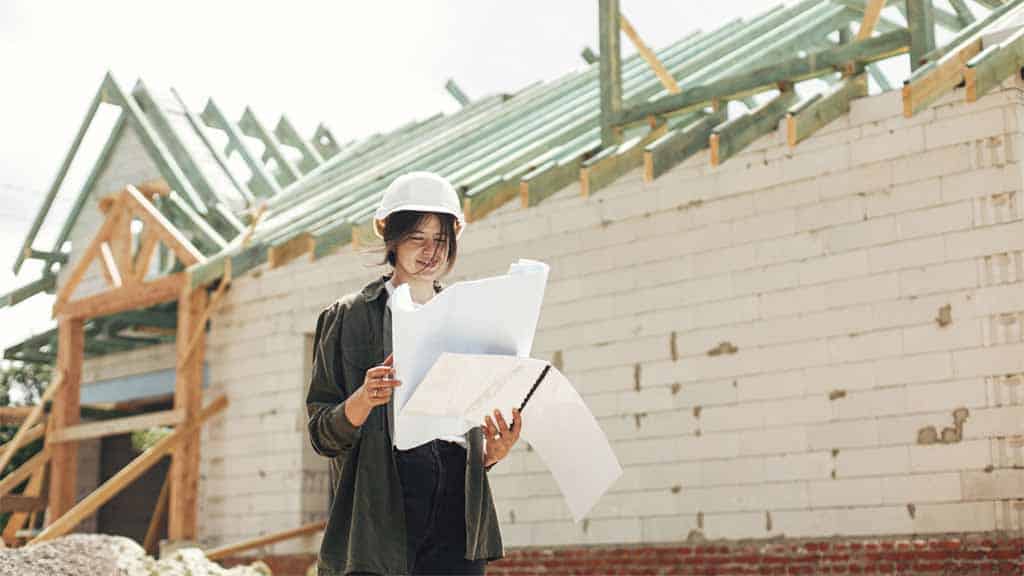
If you’re not sure how to properly ventilate your roof, you can hire a professional roofing company to do it for you. They have the experience and the equipment to do the job quickly and efficiently.
By learning how to ventilate your roof properly, you can prevent water damage to your home and save yourself a lot of money in the long run.
Different types of roof ventilation vary in cost and installation process. The most common type of roof ventilation is the ridge vent.
- Ridge vents are installed along the roof’s peak and allow hot air to escape through the vents. They’re relatively easy to install and don’t cost much.
- Soffit vents are another type of roof ventilation that can be installed under the eaves of your roof. They help to circulate air and keep the attic cool. Soffit vents are a bit more challenging to install than ridge vents, but they’re still relatively inexpensive.
How Often Should You Inspect Your Roof and Gutters?
You should inspect your roof at least once yearly to ensure no damage. You should also inspect your gutters and downspouts to ensure they’re clean and in good condition. After any severe weather, you should inspect your roof and gutters for damage.
Properly inspecting your roof and gutters can prevent water damage to your home and save you a lot of money in the long run.
Although roof maintenance may seem daunting, keeping your roof in good condition is essential. Some of the common services that roofing companies offer are:
- Roof inspections
- Gutter cleaning
- Roof repairs
- Roof replacements
If you’re not sure how to inspect your roof, you can hire a professional roofing company to do it for you. They have the experience and the equipment to do the job quickly and efficiently.
Is Your Roof Leaking?
What Are The Benefits of Routine Roof Inspection?
Roof inspection includes comprehensively examining all roofing components to identify any current or potential problems. A roof inspection is essential because it helps to:
- Prevent minor issues from becoming big, expensive problems
- Extend the life of your roof
- Save you money in the long run
If you plan to sell your property in the future, a roof inspection can also help increase your home’s value.
When Should You Call a Professional Roofer?
If you’re not comfortable inspecting your roof or don’t have the time, you can always hire a professional roofing company to do it for you. They have the experience and the equipment to do the job quickly and efficiently.
A professional roofer will also be able to spot any potential problems and offer solutions on how to fix them. They can also recommend preventive measures to help avoid future damage.
Hiring a professional roofing company is always a good idea if you’re not comfortable inspecting or repairing your roof on your own.
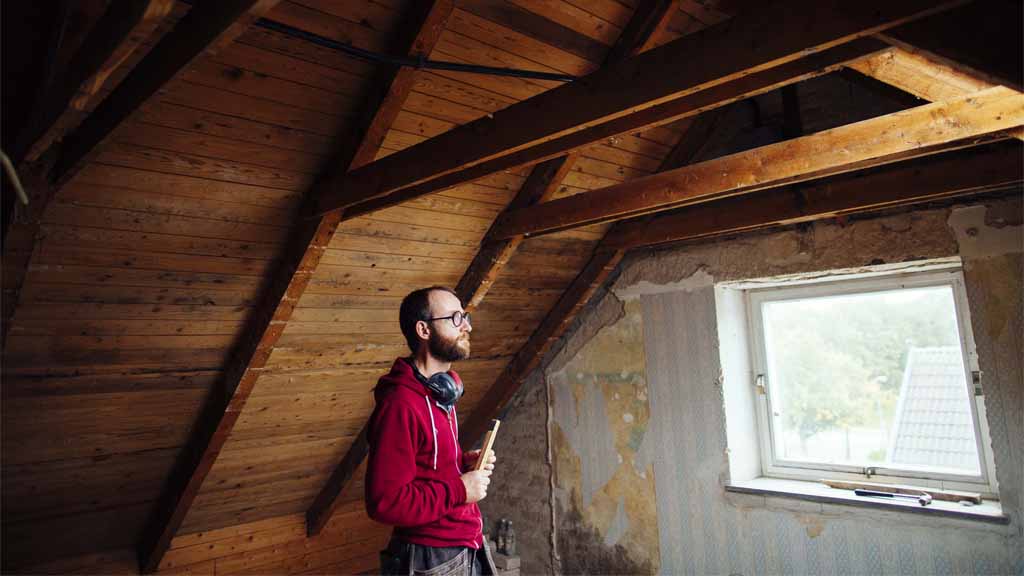
How Long Does the Roof Last?
Every type of roof has a different lifespan, but most roofs last between 20 and 50 years. The lifespan of your roof depends on a variety of factors, including:
- The type of roof you have
- The climate you live in
- How well is your roof maintained
You can prolong the life of your roof by learning how to properly inspect and maintain it. By hiring a professional roofing company, you can also ensure that your roof is in good condition and will last many years.
From routine maintenance to inspection, repair, and replacement, there are a variety of services that roofing companies offer. By hiring a professional roofing company, you can rest assured that your roof is in good hands.
When it comes to your roof, don’t wait until there’s a problem to call a professional. A little bit of preventive maintenance can go a long way in prolonging the life of your roof. Schedule an inspection today to keep your roof in top condition.
Final Words
The bottom line is that routine roof inspection is crucial because it can help prevent minor problems from becoming big, expensive ones. If you’re not sure how to inspect your roof, you can always hire a professional roofing company to do it for you.

